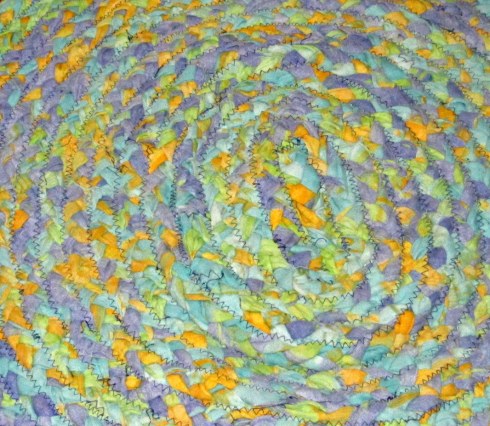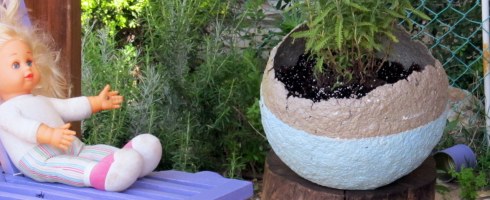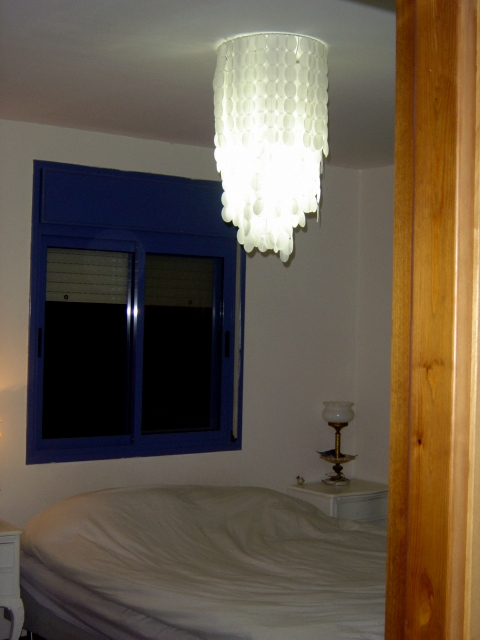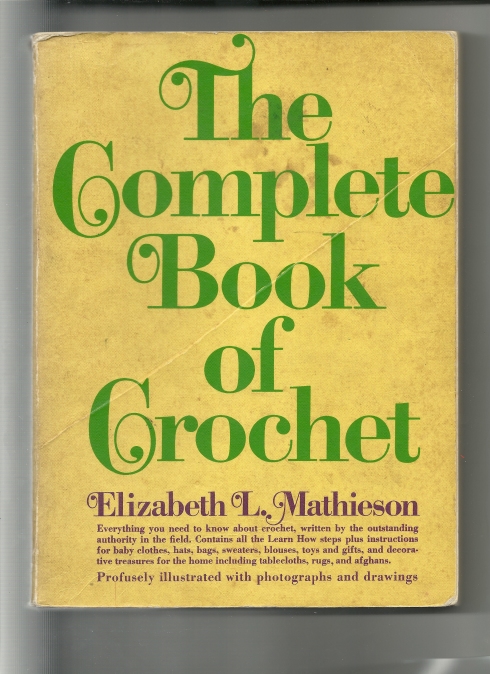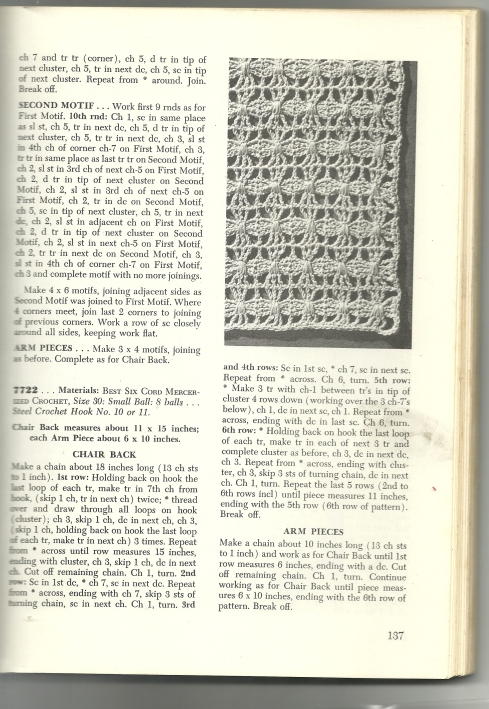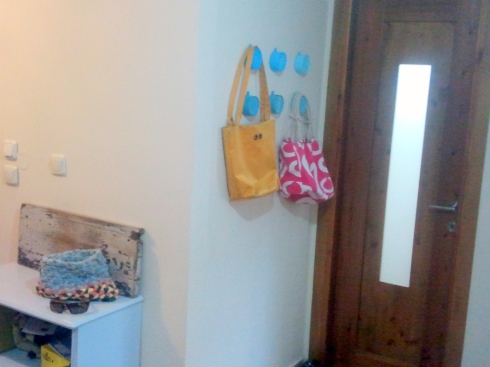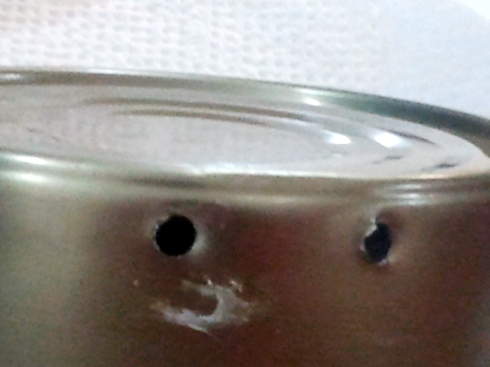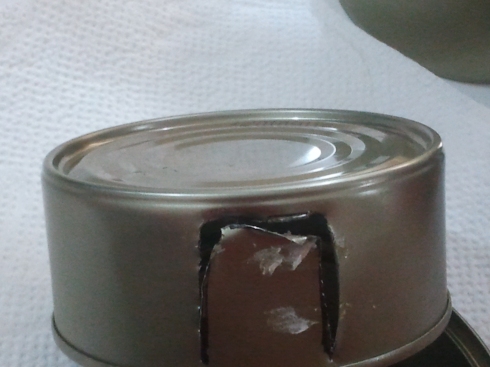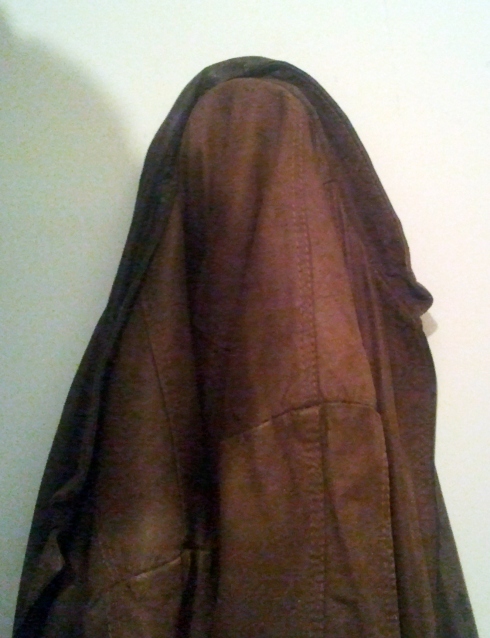Its been a while since I put pen to paper (literally). In fact, other than the odd check or weekly supermarket lists, its been years.
It will probably happen with greater frequency over the course of the summer as I sit by the pool, amidst the screams and splashes of joyous kids, while my kids frolic in the water.
I haven’t written a post in quite a while, not because I have been slacking, on the contrary. The pile of unfinished projects in the corner of the studio is growing just as fast as the materials needed to complete them is dwindling, once again proving the point that the value we assign objects is subjective and subject to change at any given moment.
One moment they are shopping bags stuffed listlessly, and guiltily under the sink and in the next they are a valuable material that has been totally used up, every last one pull out of every nook and cranny in the house, and I still find myself about 500 short of completing the carpet. Into the corner goes the half finished carpet and while I wait for the bags to multiply once again and out come the chairs from my old shop that I need to reupholster, and the pile of jeans I intend to use to do so. Once again the amount of jeans I had set aside for the project fell just short of what I needed to complete the fabric for the chairs, and they too joined the pile in the corner.
Out came to old, torn, ugly sheets, soon to be place mats and carpets and once again, all to soon they find themselves half finished in the corner.
I have been upcycling quite intensively for just over 6 months now, and something needs to change in the way I am working. I need to find a way to source materials in decent quantities, for free, so that I can work a project, or a series from beginning to end without having to wait till I grow to fat or to thin for my current pairs of jeans. It would be wonderful if all of this could happen for free.



